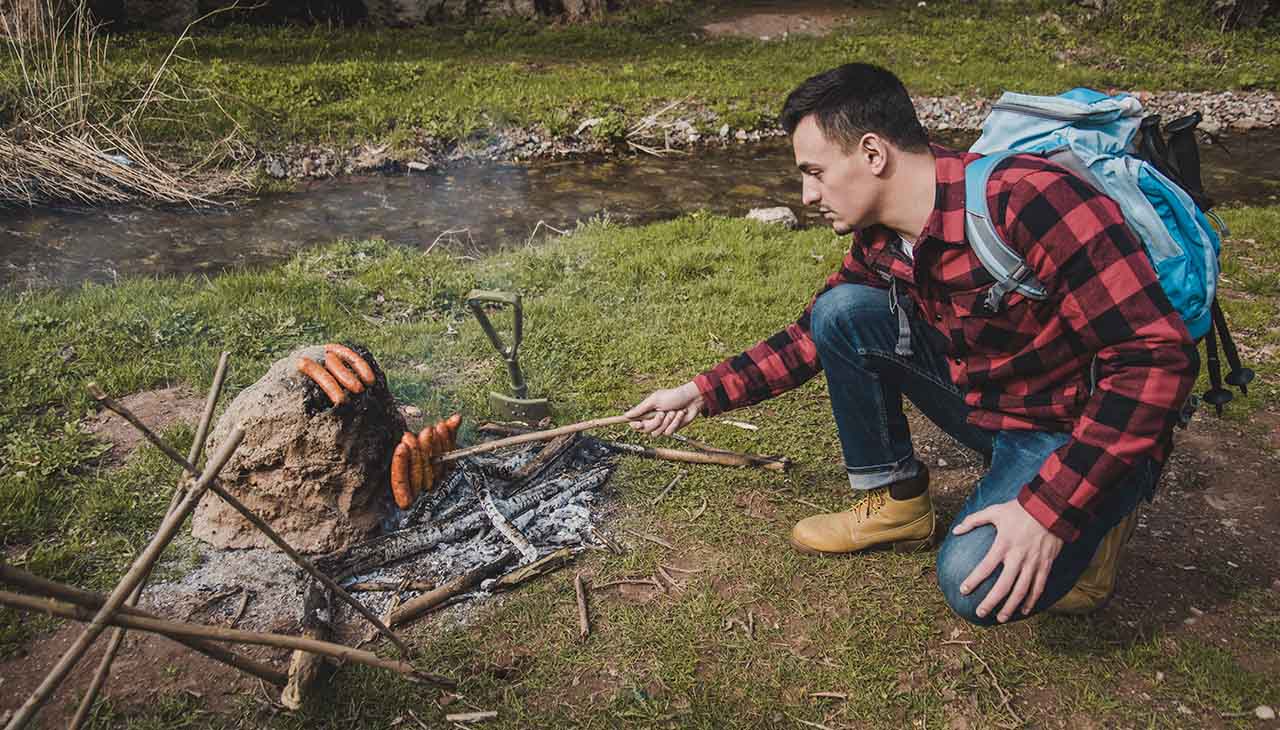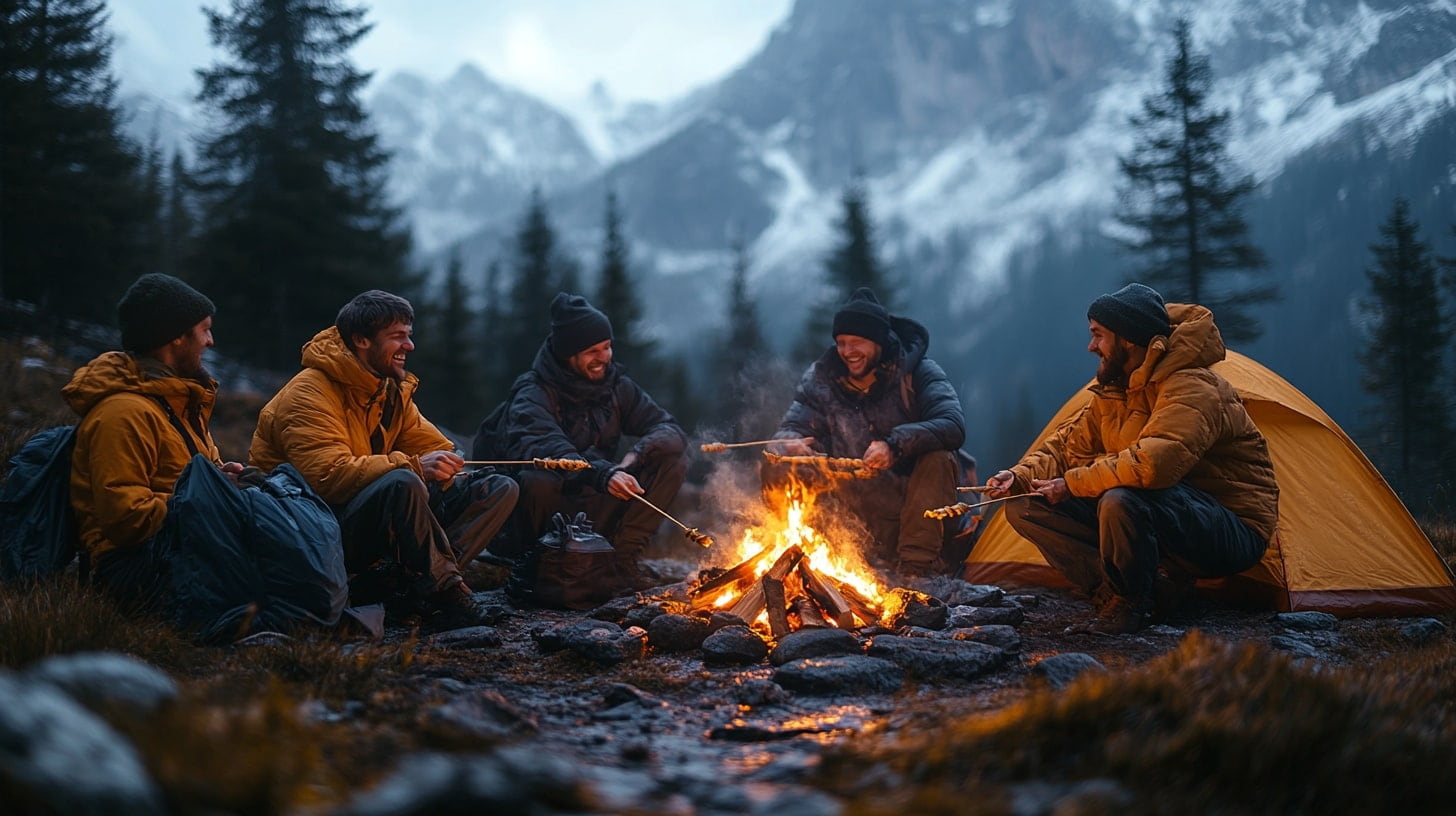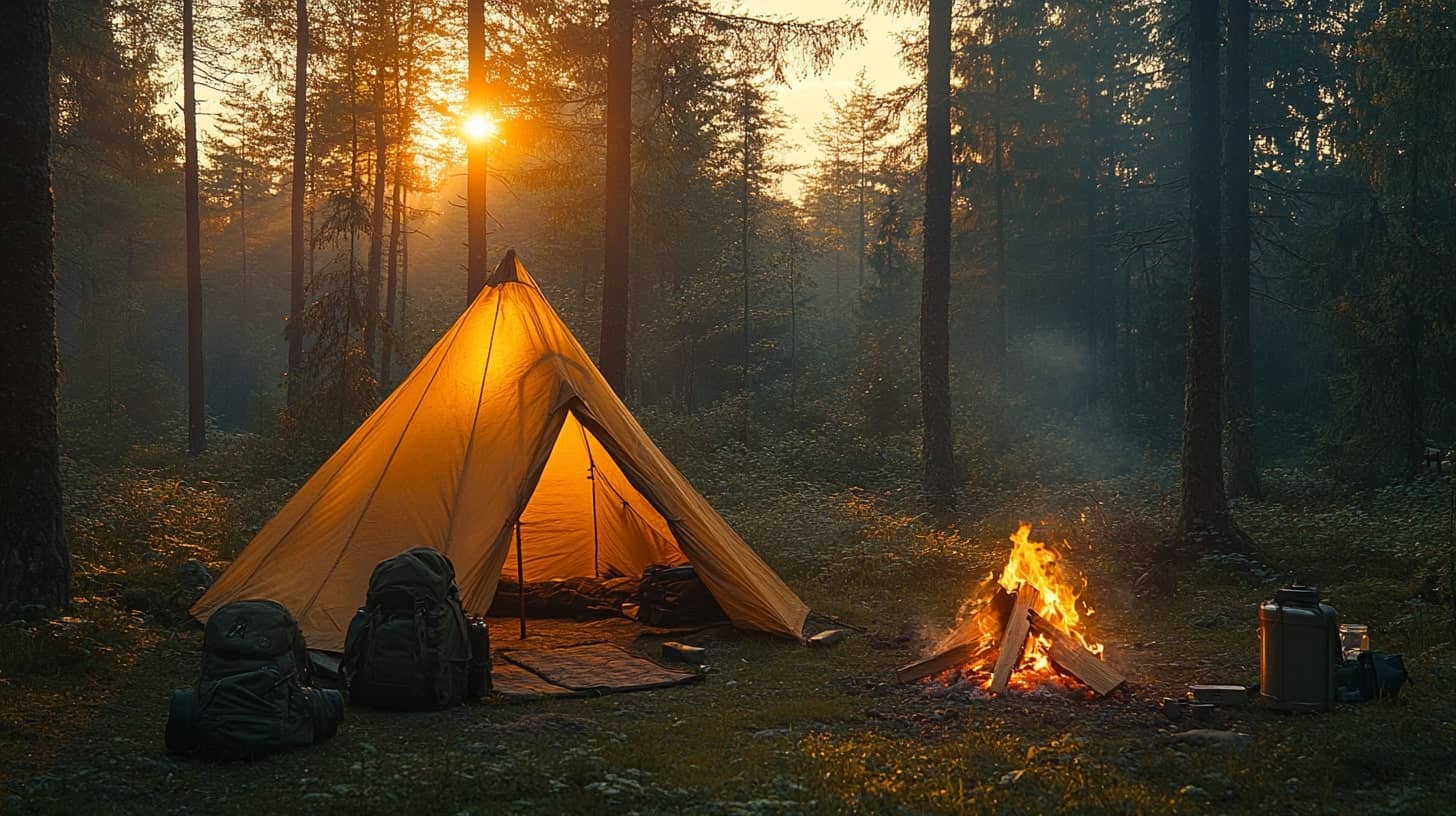1. Introduction: The Importance of Preparedness in the Great Outdoors
Venturing into the wilderness is an exhilarating experience, offering unmatched opportunities to connect with nature and test one’s limits. However, it also comes with inherent risks. Whether you’re an outdoor enthusiast scaling remote peaks or a survivalist preparing for unforeseen events, having a well-equipped survival kit is essential for ensuring safety and peace of mind.
This comprehensive guide will walk you through the key components of a survival kit, tailored to different environments and scenarios so that you can be prepared for whatever comes your way.
2. Understanding Your Needs: Tailoring a Survival Kit to Your Environment
Before assembling your survival kit, it’s crucial to consider where you’ll be and the specific challenges that environment presents:
- Desert: Focus on water storage, sun protection, and temperature regulation.
- Forest: Emphasize shelter building, insect protection, and navigation tools.
- Mountainous Areas: Prioritize warmth, altitude sickness medication, and sturdy footwear.
Tailoring your kit to the specific environment ensures that you have the right tools to handle any situation effectively.
3. Shelter and Warmth: Essential Items for Protection from the Elements
Exposure to extreme weather conditions can be life-threatening. Therefore, gear for shelter and warmth is a non-negotiable part of any survival kit:
- Emergency Blanket/Mylar Blanket: Lightweight and compact, these blankets reflect body heat to keep you warm.
- Tarp or Tent: Provides protection from wind, rain, and other elements.
- Sleeping Bag: Opt for one that suits the lowest temperatures you might encounter.
- Fire-Starting Kit: Matches, lighters, and fire starters are essential for warmth and cooking.
4. Water and Food: Sourcing and Storing Your Most Vital Supplies
Water and food are critical for survival. Here’s how to ensure you have enough:
- Water Filtration System: A portable filter or purification tablets to make water from natural sources safe to drink.
- Water Containers: Collapsible bottles or bladders for easy storage and transportation.
- Non-Perishable Food: High-calorie food items like energy bars, dehydrated meals, and nuts.
- Cooking Gear: A portable stove and lightweight utensils can make meal preparation easier.
5. Navigation and Communication: Tools for Finding Your Way and Staying Connected
Getting lost can quickly turn a fun adventure into a dangerous situation. Equip yourself with:
- Compass and Map: Reliable tools for navigation, even when GPS fails.
- GPS Device: Modern GPS units provide invaluable location data and route tracking.
- Two-Way Radio: For communication in areas without cell service.
- Signal Mirror/Whistle: Simple yet effective tools for signaling for help.
6. First Aid and Personal Protection: Maintaining Health and Safety
Injuries and illnesses can happen unexpectedly. A well-stocked first aid kit is a must:
- First Aid Kit: Include bandages, antiseptics, pain relievers, and any personal medications.
- Multi-Tool/Knife: Versatile tools for various tasks, from cutting rope to preparing food.
- Personal Protection: Items like pepper spray or a whistle for added security against wildlife or other threats.
7. Maintenance and Upkeep: Tips for Regularly Checking and Updating Your Kit
A survival kit is only as good as the condition of its contents. Regular maintenance is key:
- Check Expiry Dates: Regularly update food, water purification tablets, and first aid supplies.
- Test Equipment: Periodically test tools like lighters, radios, and GPS devices to ensure they work.
- Seasonal Adjustments: Update your kit according to the season and any changes in your usual environment.
8. Conclusion: Empowerment Through Preparedness
Building a survival kit is more than just collecting items; it’s about empowering yourself with the knowledge and tools to handle unexpected situations. By understanding your environment and meticulously preparing, you can turn potential challenges into manageable scenarios.




